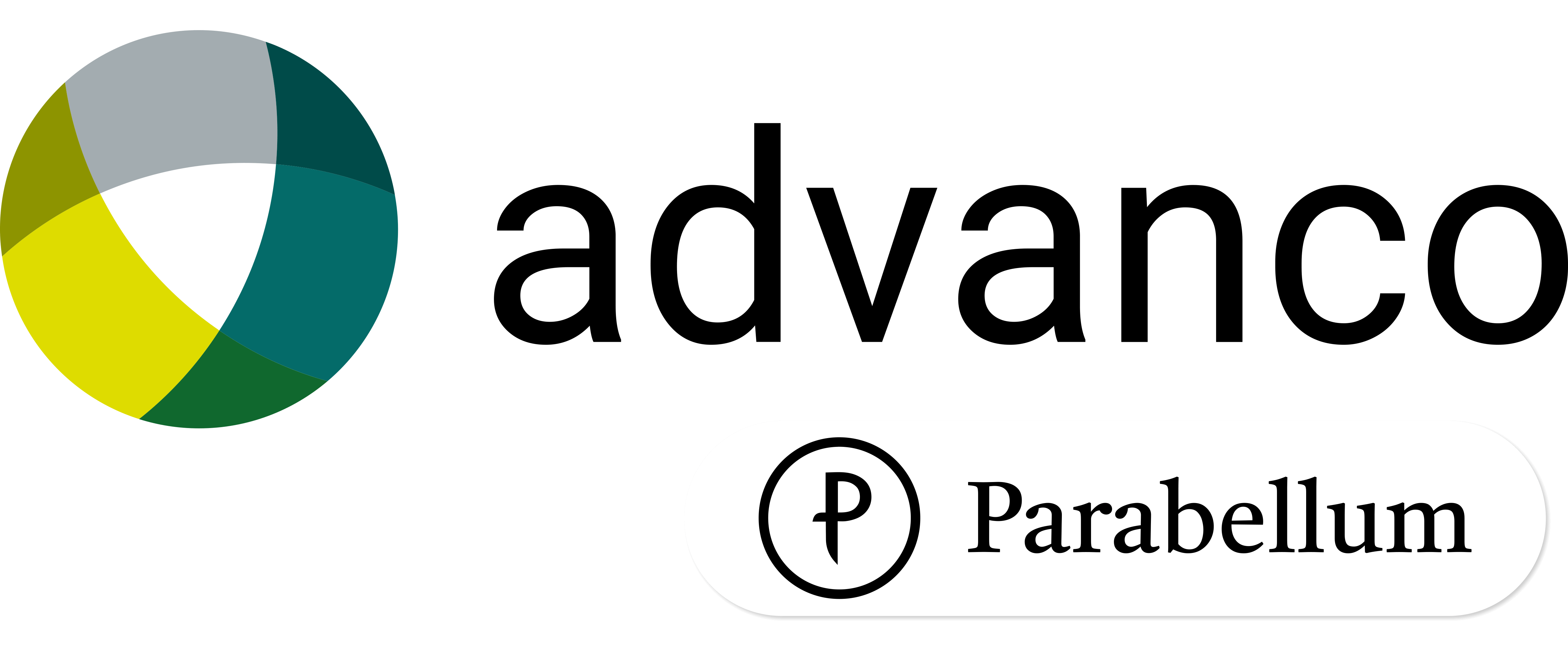Regulated Track and Trace for Life Sciences
The pharmaceutical sector is governed by some of the strictest, sector-specific regulatory standards on the planet.

Not only do these stringent requirements play an essential role when it comes to ensuring the safety and efficacy of medicines, they also regulate the pricing and quality. Regulatory standards also provide the reassurance that a particular medicine is a genuine product, and not a fake. The importance of this cannot be overstated – the stark reality of counterfeit medicines is that they kill millions of people every year.
One of the key weapons against the pharmaceutical forgers is watertight serialization solutions. Advanco’s ARC Platform continues to be the weapon of choice selected by many of the globe’s leading pharmaceutical manufacturers to carry out this function.
The need for pharmaceutical regulatory serialization standards
The need for strict regulatory standards is obvious to everyone.
Recent figures from the Pharmaceutical Security Institute are alarming, revealing that the number of counterfeit medicines is rising dramatically. They reveal that nearly 6,000 pharmaceutical crime incidents were recorded in 2021, up 38 percent from the year before and are at the highest amount since records began 20 years ago.
The greatest number was recorded in North America (2,442) followed by the Asia Pacific (1,747), Latin America (770), the Near East (705), Eurasia (646), Europe (374) and Africa (187). This order is largely due to how well countries in these regions are effectively identifying pharmaceutical crime through law enforcement activity and inspections by drug regulatory agencies.
According to the World Health Organization, roughly 10 percent of medical products circulating in low- and middle-income countries are substandard or falsified. In sub-Saharan African nations, this share is believed to be even higher, rising closer to 19-50 percent. However, the actual number of incidents of fake drugs being manufactured and distributed is likely far higher, considering the many cases where counterfeits have not been detected or reported.
Indeed, nearly half a million people are estimated to be killed by counterfeit medicines in sub-Saharan Africa every year, according to data from the United Nations Office on Drugs and Crime. Of these, 267,000 deaths are believed to be linked to falsified or substandard antimalarial medicines, while a further 169,271 are linked to falsified or substandard antibiotics for severe pneumonia in children.
Government standards in pharmaceutical track and trace
Governments across the world are stepping up their game when it comes to battling the forgers – with serialization solutions forming the backbone of their retaliatory fight.
However, what is important to emphasise right from the outset is that different governments have mandated their own particular pharmaceutical regulations. There is no one-size-fits-all global product that can be taken off the shelf and used to “serialize” every medicine, or piece of medical equipment, that is produced in every country.
Furthermore, while some countries have mature regulatory standards, others have only just started. For example, traceability legislation has recently been mandated in the Middle East and North Africa (MENA) region. If MENA’s pharmaceutical companies fail to achieve compliance, they face being fined, or even getting barred from product launches which could potentially lead to significant business and financial implications.
That is why ARC is so popular. It systematically collates all the complex data needed to ensure watertight compliance with all global regulatory mandates, whether they have been established for many years, or are more recent introductions.
Let us briefly examine some relevant pieces of global serialization legislation to see what some of their specific requirements involve.
- EU FMD serialization
The Falsified Medicines Directive (FMD) was published in July 2011, marking a pivotal moment for the European Medicines Agency (EMA) putting into motion the beginning of traceability standards across the European Union.
The overriding reason behind the requirements is to ensure that medicines are safe and that medicines in trade circulation are strictly controlled. Specific measures include the following:
- Obligatory safety features – a unique identifier and an anti-tampering device – on the outer packaging of medicines.
- A common, EU-wide logo to identify legal online pharmacies.
- Tougher rules on the import of active pharmaceutical ingredients.
- Strengthened record-keeping requirements for wholesale distributors.
- Drug Supply Chain Security Act
The Drug Quality and Security Act is a piece of US legislation designed to grant the Food and Drug Administration more authority to regulate and monitor the manufacturing of compounded drugs.
It’s over-arching purpose is to regulate transactions between dispensers and pharmacies and among manufacturers, wholesale distributors, third-party logistics providers, and trading partners.
DSCSA requirements include the establishment of product tracing, which provides a step-by-step account of where a drug product has been located and who has handled it. It also stipulates product verification to ensure that a drug product is legitimate and unaltered, and also addresses detection and response, which mandates that any party covered under this act must quarantine and investigate any suspect drug.
- MDLP serialization
On December 28, 2017, Federal Law No. 425-FZ was introduced, which officially introduced serialization across the Russian supply chain, aimed at monitoring the movement of pharmaceuticals from the manufacturer through to the end user.
Since January 1, 2020, pharmaceutical manufacturers have had to put special identifiers on pharmaceutical packaging, comprising of a 2D barcode on all individual units, with a GTIN, serial number, batch number and expiration date.
Advanco’s ARC Platform: Delivering pharmaceutical serialization regulations.
This brief overview of global pharmaceutical regulatory requirements shows just how important such regulations are – and how varied they are. Some have only recently been introduced, whereas some are much more established. This trend will continue, with track and trace rules in the pharma sector continuing to evolve all around us on a regular basis.
Advanco’s ARC Platform enables the collection of real-time data to comply with all global regulatory mandates. To learn more about ARC, or to request a demonstration, please contact us to find out more.



